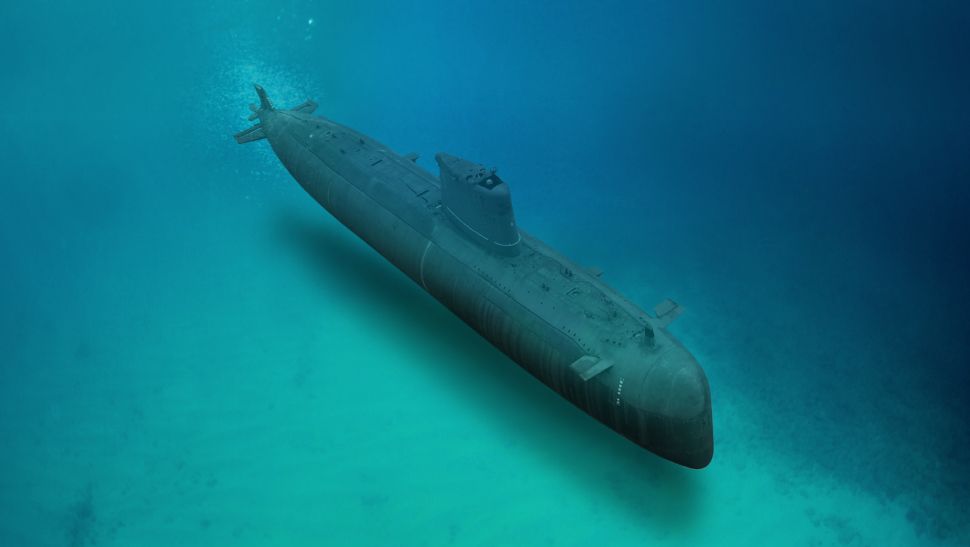Is AI Rendering Nuclear Stealth Submarines Obsolete?

AI advancements are posing significant challenges to the operational effectiveness of nuclear stealth attack submarines, potentially transforming defense strategies.
The integration of artificial intelligence into military defense systems is set to reshape global power dynamics, particularly concerning nuclear stealth attack submarines. Historically, these billion-dollar vessels have been the pinnacle of naval defense technology, enabling countries to maintain strategic advantages underwater. However, as AI continues to evolve, it raises questions about the continued efficacy and viability of these sophisticated platforms.
Some analysts suggest that AI technologies could lead to the development of more sophisticated detection and targeting systems, thereby diminishing the stealth capabilities that submarines rely on. Enhanced surveillance, combined with advancements in autonomous drones and underwater robotics, may render these vessels less effective against advanced adversarial forces. This technological shift raises the risk of an arms race in naval capabilities, where submarines' $2 billion price tags could be viewed as less justifiable if their utility is significantly reduced by AI.
The implications of this shift extend beyond military strategy to impact defense budgets and resource allocation. As nations grapple with the potential obsolescence of costly submarine fleets, investments may pivot towards developing advanced AI systems that could offer greater tactical advantages. A recent report highlights that by 2025, the defense AI market could exceed $13 billion, reflecting the growing recognition of AI's role in modern warfare. Security strategists are now tasked with navigating this landscape, balancing investments between traditional platforms and emerging technologies that promise to redefine military engagements.
As the conversation around the role of AI in military applications continues to evolve, it is clear that traditional naval assets will face mounting pressure to adapt or risk becoming relics of a bygone era. The future of defense will likely hinge on a synergistic approach, blending hardware and innovative AI capabilities to maintain strategic advantage in increasingly complex global security environments.



